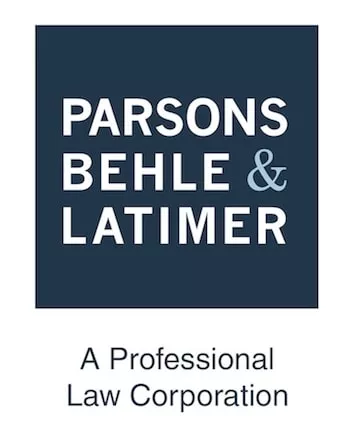- within Tax topic(s)
- with Finance and Tax Executives
- with readers working within the Advertising & Public Relations industries
On March 18, 2021, the Idaho Supreme Court rendered its decision in Erik Knudsen v. J.R. Simplot Company. The decision highlights an important distinction between wrongful discharge and fraudulent hiring, which provides an at-will employee standing to sue its former employer for fraudulent hiring.
Employment in Idaho is presumed to be "at-will" unless contractually stated otherwise. This means, with very few exceptions, there is no set length for an employment relationship and either party may end it at any time, with or without notice or cause. At first glance, the recent opinion by the Idaho Supreme Court may look like another narrow exception to the at-will employment presumption, but on closer inspection, the opinion instead creates an "important distinction between a fraud-in-hiring claim and a wrongful discharge claim that makes the former permissible and the latter limited in an at-will relationship."
The J.R. Simplot Company (Simplot) hired Erik Knudsen (Knudsen), according to the job description, as a packaging engineer. Knudsen's employment quickly morphed into a startup manager for a project in Grand Forks, North Dakota. Simplot and Knudsen disagreed as to the nature of his employment, which eventually led to Knudsen's discharge. Following his discharge, Knudsen filed suit against Simplot alleging fraud; promissory estoppel; breach of the covenant of good faith and fair dealing; and negligent infliction of emotional distress. Subsequently, the trial court granted Simplot's motion for summary judgment as to all of Knudsen's claims and denied Simplot's motion for attorney's fees and denied Knudsen's motion to reconsider.
On appeal, Knudsen argued two alternative theories of fraud with regard to his allegations: "(1) Simplot affirmatively misrepresented the packaging engineer position or (2) Simplot breached a duty to disclose the nature of the position for which it was hiring." Before addressing these theories however, the initial issue the Court addressed was whether an at-will employee could maintain an action against his former employer for fraudulently misrepresenting the nature of the job he was hired to perform. The Court concluded that an at-will employee's cause of action for fraudulent hiring is viable and distinguishable from wrongful discharge. The Court noted that fraud-in-hiring claims stem from a potential employer's actions and representations that led to an employment relationship whereas a wrongful termination claim deals with ending that relationship. Alternately stated, an employer has the ability to terminate an at-will employee relationship, however, it does not have an unfettered ability to make representations (true or false) in order to initiate that employment. "[J]ust because an employer may terminate an at-will relationship, it did not follow that an employer had an unfettered ability to make any representation, true or false, to form that relationship."
The Court's decision came down to this key inquiry: whether the employee presented sufficient evidence to establish the employer "either affirmatively or by omission misrepresented the position." The Court also stated: "...the inquiry must concentrate on the conduct leading to the formation of the employment relationship rather than after-the-fact actions or statements that led to the termination of the relationship." The Court concluded there was no affirmative misrepresentation by Simplot - the job description provided by Simplot to Knudsen was quite broad and did not limit tasks to those solely of a packaging engineer. Further, the description specifically included a program management requirement. No genuine issue of fact was raised regarding Knudsen's reliance on the job description, which included project management duties. The Court also held Simplot had no duty to disclose with regard to notifying Knudsen that he would be tasked with duties of a startup manager. Thus, the Court affirmed the trial court's granting of summary judgment on behalf of Simplot on both theories; however, it specifically made the important distinction between a limited wrongful discharge claim and a viable fraudulent-hiring claim by an at-will employee.
Takeaways
The Knudsen case confirms that the Supreme Court will continue to uphold the at-will rule in review of wrongful termination actions. However, employers should be aware that the at-will rule will not necessarily shield them from potential liability relating to the representations made in the formation of the employer-employee relationship. While we do not expect a rush of claims for fraudulent hiring given the difficulty in proving an affirmative misrepresentation was made by the employer, the Court does highlight the potential for a suit related to a duty to disclose to avoid misleading employees. Therefore, all employers should continue to keep their job descriptions current and accurate. Employers should also be prepared to address any concerns related to the duties as described, make a clear record of statements any pre-hire might make concerning the listed duties and avoid making any statements that might be construed as a promise at the time of hire, especially regarding the duration or permanency of employment. Doing so will save an employer time and expenses in the long-term and provide a reasonable defense should an employment dispute arise out of those initial discussions.
Originally published 11 May 2021.
The content of this article is intended to provide a general guide to the subject matter. Specialist advice should be sought about your specific circumstances.


